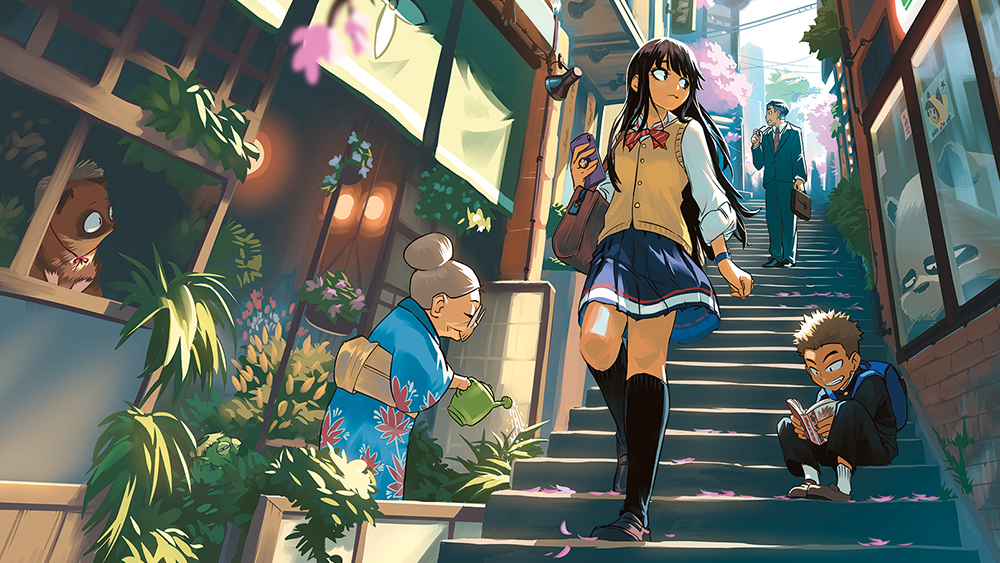Photoshop character faces
The faces of your characters, regardless of their final destinations, should be designed to facilitate changing emotions and diverse facial expressions. Derek Lea demonstrates facial awareness.
When building a face for your character, it's important to think a few steps ahead. It's one thing to put together a visually pleasing design, but bearing in mind multiple uses and further changes is an entirely different consideration. It's the latter concept that we're going to focus on here. Photoshop is host to numerous tools for creating flexible artwork, and one of the most flexible contemporary features of recent versions of Photoshop is shape layers.
Shape layers enable you to build up stacks of resolution-independent shapes that are absolutely perfect for creating faces. You can alter, edit and adjust the size of them at any point without any image deterioration occurring. The available preset shapes are excellent building blocks for features, and the Pen tool gives you the flexibility to create any custom shape you desire. And the flexibility of your shape areas doesn't end there€¦
When you select more than one shape on a layer, you'll notice that there are a number of options available for creating compound shapes. You can add, subtract, intersect, and exclude shapes as well as perform a plethora of alignment options to get your complicated features placed exactly where you want them on the face.
And while shape layers enable you to create crisp and sharp vector-based faces, if it's something a little more tactile looking that you're after then you needn't look any further than the Brush tool. The Brush tool enables you to paint faces which, while not resolution independent, will convey the feeling and style of traditional drawing techniques. Taking a quick peek in the Brushes palette reveals a vast amount of options for customising your brush strokes and giving your painted faces a unique style of their very own.
Regardless of whether you're creating sharp, crisp faces with shape layers, or tactile and painterly faces with the Brush tool, the use of layers is essential for future flexibility. By separating each facial element on its own layer, you aren't limiting yourself when it comes to altering your face later on. Layers can be switched on and off as required so that you can choose from different mouths or eyes, offering you a number of different expressions. And layers can also be linked or grouped so that multiple elements across a series of layers can be moved, rotated, or scaled together at the same time. No matter what style of face you're creating, when it comes to flexibility and versatility, layers are the absolute key to success.
Click here to download the support files ( 8MB)
Click here to download the tutorial for free
Daily design news, reviews, how-tos and more, as picked by the editors.

The Creative Bloq team is made up of a group of art and design enthusiasts, and has changed and evolved since Creative Bloq began back in 2012. The current website team consists of eight full-time members of staff: Editor Georgia Coggan, Deputy Editor Rosie Hilder, Ecommerce Editor Beren Neale, Senior News Editor Daniel Piper, Editor, Digital Art and 3D Ian Dean, Tech Reviews Editor Erlingur Einarsson, Ecommerce Writer Beth Nicholls and Staff Writer Natalie Fear, as well as a roster of freelancers from around the world. The ImagineFX magazine team also pitch in, ensuring that content from leading digital art publication ImagineFX is represented on Creative Bloq.
